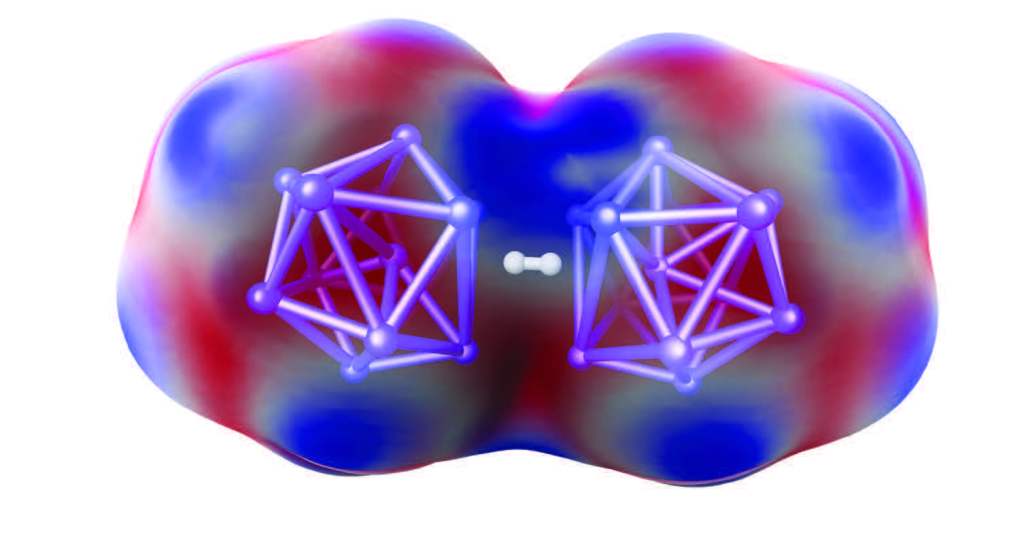Jaguar Datasheet
Overview
Ever since its inception, Jaguar was designed with one goal in mind — to help researchers solve practical, real-world problems. To meet this goal, Jaguar’s development has focused on performance and scientific accuracy. Furthermore, Jaguar is easy to use — with a world-class graphical interface and automated workflows that guide new users through complex ab initio quantum mechanics (QM) analyses for a vast range of chemical systems. Jaguar is fully integrated into Schrödinger’s suites of scientific solutions, making interoperability with other programs seamless.
Key Advantages
Jaguar specializes in fast electronic structure predictions for molecular systems of medium and large size via the use of the pseudospectral (PS) method1 and computational strategies that scale reasonably as system size grows, in particular density functional theory (DFT). Jaguar supports parallel computation through OpenMP to further take advantage of modern hardware improvements.
Significant ongoing efforts have been devoted to improving the accuracy of predictions including the transition metal initial guess wavefunction algorithm, recent advances in pKa predictions, and enabling access to machine learning potentials (MLP).
Schrödinger has devoted and continues to devote development resources to enhance Jaguar’s feature set and to improve Jaguar’s robustness and performance. To date, Jaguar has made significant contributions in both life and materials science research, and we invite you to learn more about Jaguar in a published review article in the International Journal of Quantum Chemistry.2
Jaguar for Materials Science
Jaguar is a powerful tool for studying the chemical reactions and properties that are implicated in the assembly, operation or failure of materials, or for the discovery and optimization of new materials solutions. Jaguar’s speed and accuracy make it an efficient and robust tool for the routine treatment of realistic chemical models.
An exciting application of Jaguar is for the ab initio design or high throughput virtual screening for new materials with novel or enhanced properties — made possible by taking advantage of Jaguar’s industry-leading efficiency and robustness and Schrödinger Materials Science Suite’s combinatorial chemistry solutions to rapidly enumerate compound libraries.
Below are some example applications of Jaguar for a diverse range of technologically important chemical systems.

Molecular Catalysis
Jaguar has been used extensively to provide insight to enable the rational design of improved catalysts. Geometric effects and orbital/electrostatic interactions that provide the basis for catalyst stability, selectivity, and activity are difficult or impossible to gain by experiment alone, but can be efficiently computed and analyzed using Jaguar.
Optoelectronics & Photovoltaics
Molecular properties such as electronic energies, multipole moments, linear and higher order polarizabilities, ionization and reduction potentials, and charge reorganization energies can be evaluated computationally to aid in the selection or design of organic optoelectronic materials. Jaguar has been used to analyze a variety of organic semiconductors including derivatized oligothiophenes, cyanated tetracenes, and N-heteropentacenes, and other materials for dye sensitized solar cells (DSSC).
Molecular Electronics
Jaguar has been used to investigate the mechanism of carbon nanotube growth, the conformation dependence of molecular conduction, the electronic structure of molecular rectifiers, switching in mechanically interlocked molecules, and interference effects in conduction through arene molecular wires.
Energy Capture & Storage
First-principles simulations using Jaguar have been used to analyze the chemical mechanisms and controlling energetics for the operation and failure modes for candidate energy storage materials such as Li-air batteries.
Thin Film Processing
The geometric and electronic structure of organometallic precursor chemicals can be rapidly and efficiently computed with Jaguar, so as to quantify their gas-phase thermal stability, dimerization and reactivity at surfaces during thin film deposition or etch. Complementing this are tools for easily building organometallic complexes and establishing their spin state.
Software and services to meet your organizational needs
Software Platform
Deploy digital materials discovery workflows with a comprehensive and user-friendly platform grounded in physics-based molecular modeling, machine learning, and team collaboration.
Research Services
Leverage Schrödinger’s expert computational scientists to assist at key stages in your materials discovery and development process.
Support & Training
Access expert support, educational materials, and training resources designed for both novice and experienced users.